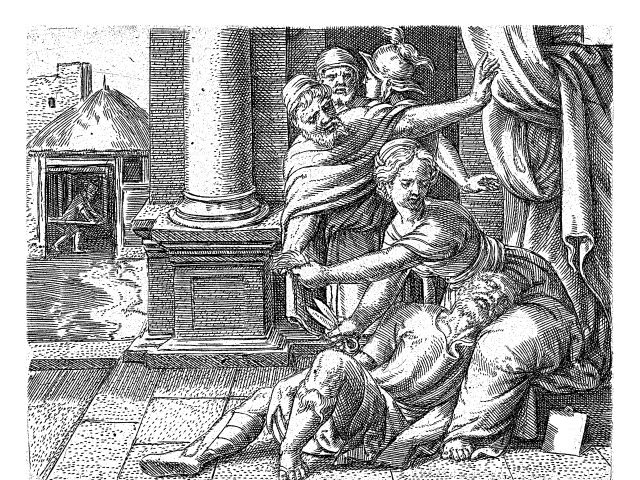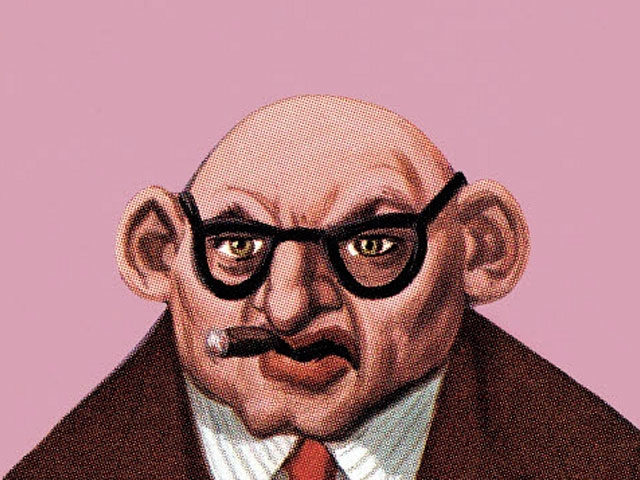Please can you explain how light can stimulate hair growth?
Scientifically speaking, by exposing the scalp to particular wavelength of red light, energy is transmitted to cytochrome C oxidase, a photoreceptor and enzyme in the mitochondrial electron transport chain found in cells that increases energy (ATP) production.
This produces a measurable increase in reactive oxygen species (ROS), and the reported cascade of cellular effects help to stimulate and maintain the growth phase of hair.
That sounds like quite a complex process. How developed is it as a treatment?
To date there are 11 control trials for hair growth. A 2019 review by Lui et all concluded that Low-Level laser light therapy increased hair density in both genders and that different types of devices did not affect the effectiveness of hair growth.
However, no studies have looked further than 24 weeks, there are lack of controls specifying skin type and hair pigment which may influence the reflection and absorption of light, and that some of the studies use shaved areas to measure hair growth which may influence the absorption of light.
Is it possible to get the kit myself for home treatments?
We know that long-term treatment is required for male pattern hair loss, which makes LLLT suitable for home treatment. The system comes as easy to wear band / helmet / hat devices too so it can easily be built into your routine.
When looking at a device to use at home, it’s better to look for ‘laser’ rather than the cheaper option of ‘LED’, as the light beam emitted by a laser is more focused so the energy intensity throughout the whole beam is more coherent. This doesn’t mean to say LEDs don’t work, just that there is less evidence published to support their use.
A top tip is to look for a device that contains enough lasers in closer proximity to each other to ensure that there is good coverage per cm2 and devices with ‘comb-teeth’ help to part the hair to ensure the light gets to the scalp if you have a thicker hair texture.
It is easy to get caught up in the idea that more is better, however in this case the opposite is true.
There is a therapeutic window for treatment where a bit like Goldilocks, you need just the right amount. Too little and there is not effect, but too much and there is also no effect! We recommend following manufacturer’s instructions for use which is usually a set time every other day.
In your professional opinion is this a treatment worth considering?
The theory behind its use is compelling and after initially being skeptical, I have carried out my own mini-trials with some willing volunteers and kept a close eye on my patients’ progress.
So far, I would say yes, there are definitely some beneficial improvements to be seen, but it is hard to know exactly what the result would have been compared to a medical treatment like minoxidil instead.
This is a gentle therapy and improvements may take up to 6 months to become visible, but then nothing in treating hair loss is fast.
In my opinion, for those who wish to ‘top-up’ an existing treatment or are unable to use the licensed medications due to their side effects or personal choice, it represents a good supportive treatment for hair growth when used correctly and consistently, with limited to no side effects.
About the author

Stephanie Moore
Trichologist & Founder of The Surrey Trichology Clinic
stephanie@surreytrichologyclinic.co.ukTalk to your Surgeon about your hair loss
Call us +44 (0) 207 770 6538
Mr D’Souza personally leads each new patient call and consultation.
What’s involved at a consultation?.






